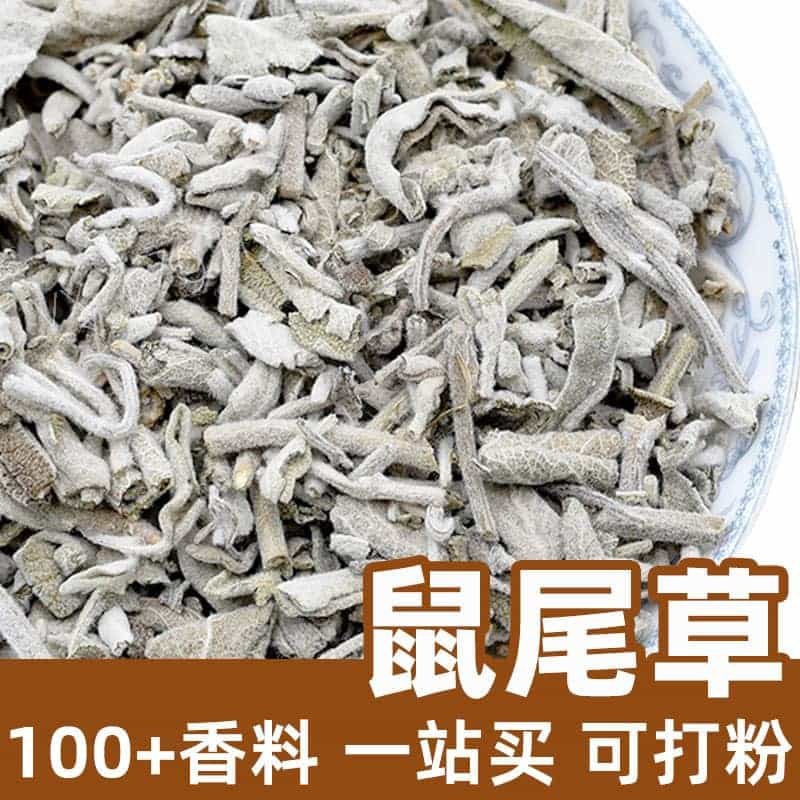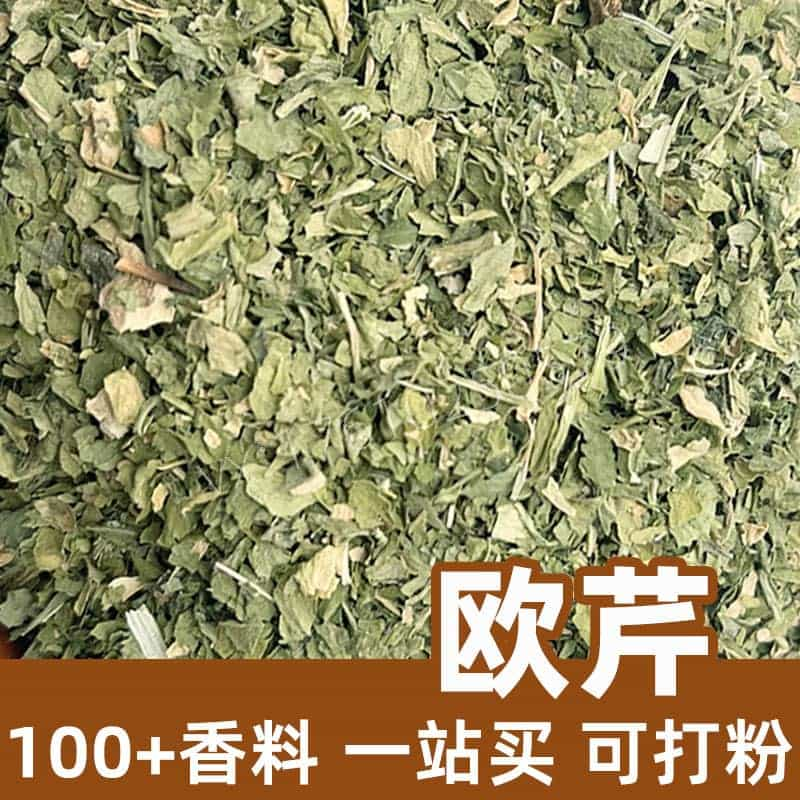Product Introduction
Caraway seeds, derived from the plant Carum carvi, have a rich culinary and historical legacy that traces back to ancient civilizations. The seeds are widely recognized for their unique flavor profile, which is defined by a warm, slightly nutty, and anise-like taste, making them a cherished ingredient in various culinary traditions.
Historically, caraway seeds have been used not only as a spice but also for their medicinal properties. They are believed to aid digestion and alleviate gastrointestinal discomfort, showcasing their dual role in both culinary and health practices. Caraway is commonly grown in temperate regions across Europe, Asia, and North Africa, thriving best in well-drained soil with exposure to full sunlight.
The culinary applications of caraway seeds are expansive. In European cuisine, they are often found in rye bread, adding depth and complexity to the flavor of these dense loaves. Beyond bread, caraway seeds are a staple in dishes like sauerkraut, where their flavor complements the tangy cabbage. In Middle Eastern cooking, they are included in spice blends and used to season lentil soups and vegetables.
Due to their aromatic and flavorful qualities, caraway seeds also play a role in the production of certain liqueurs, imparting a unique taste that enhances the drinking experience. With their versatility and aromatic compounds, caraway seeds are a useful addition to any spice rack, offering a wealth of culinary possibilities.
Aromatic Chemical Composition
Caraway seeds are rich in a variety of essential oils and aromatic compounds, primarily driven by their chemical makeup:
- Carvone: The primary active component of caraway, responsible for its characteristic aroma. Carvone is known for its sweet, minty scent.
- Limonene: A compound found in the peels of citrus fruits and present in caraway, contributing to its fresh and citrusy notes.
- Cuminaldehyde: This compound provides a warm, slightly spicy aroma that enhances the multifaceted nature of caraway's scent profile.
These aromatic compounds not only contribute to the unique flavor of caraway seeds but also offer potential health benefits, including antioxidant and anti-inflammatory properties.
What Types of Products Are Available?
Caraway is available in various forms, each serving different culinary needs:
- Whole Seeds: The most common form, retaining their flavor longer than ground versions.
- Ground Caraway: Convenient for immediate use but has a shorter shelf life due to increased surface area exposed to air.
- Caraway Oil: Extracted oil used for flavoring, especially in confectionery and liquors.
- Caraway Seed Extracts: Concentrated liquids that embody the essence of the spice, often utilized in the food and beverage industry.
- Caraway Tea: Herbal teas where caraway seeds are infused, offering digestive benefits and unique flavor.
Application Scenarios and Usage Dosage
Caraway seeds are incredibly versatile in culinary applications, enhancing a variety of dishes across different cuisines. Here are some practical usage scenarios:
Baking
- Bread: Caraway seeds are a traditional ingredient in dark rye bread and can be added at a dosage of 1-2 teaspoons per loaf to enhance flavor. The seeds complement the density of rye and contribute to its distinctive taste.
- Pastries: Incorporating caraway in savory pastries, such as quiches or meat pies, can add a nuanced flavor. A sprinkle of ½ teaspoon per serving works well in these applications.
Soups and Stews
Caraway seeds can be incorporated into soups and stews, particularly those featuring root vegetables, beans, or lentils. A dosage of 1 teaspoon per 4 servings helps in elevating the dish’s flavor profile, adding warmth and making the meal more satisfying.
Pickling
In pickling applications, caraway seeds are often included to enhance the flavor of pickles and sauerkraut. A typical dosage is about 2 teaspoons per quart of pickling liquid, which can bring a robust flavor to the preserved vegetables.
Seasoning Meats
Ground caraway can be mixed into meat marinades or rubs. Using approximately 1 teaspoon per pound of meat can infuse the protein with a delightful flavor that is particularly effective for fatty cuts.
Herbal Teas
Caraway can be brewed as a tea to assist digestion. Around 1-2 teaspoons of whole seeds can be steeped in hot water for several minutes, offering a soothing beverage that calms an upset stomach.
Liqueurs
Caraway seeds are also used in the distillation of certain spirits, such as aquavit. The amount typically varies depending on the production, but it can range from 10 grams of seeds per liter of spirit.
Each of these applications showcases the adaptability of caraway seeds in cooking, inviting chefs and home cooks alike to experiment with this ancient spice in various culinary creations.
Introduction to the Source Plant, Distribution, and Growing Environment
The source plant of caraway seeds, Carum carvi, is a biennial herbaceous plant belonging to the umbellifer family (Apiaceae). The plant typically grows to a height of 60-100 centimeters and features feathery green leaves and small white flowers that are arranged in umbels.
Caraway thrives in temperate climates and is primarily cultivated in regions of Europe, particularly in Germany, the Netherlands, and Eastern European countries, as well as in parts of Asia and North Africa. It prefers well-drained, fertile soils enriched with organic matter and requires full sunlight for optimal growth.
Caraway is usually sown in the spring after the last frost and takes approximately 100-150 days to mature. The flowers attract a variety of beneficial insects, which play a vital role in maintaining the ecological balance within the growing environment.
Harvesting, Processing, and Storage Preservation
The harvesting process for caraway seeds occurs once the seeds have fully matured, typically in late summer or early fall. Farmers monitor the seed heads, which turn brown and begin to dry, indicating readiness for harvest. The plants are then cut, and the seed heads are collected and either threshed by hand or using machinery to extract the seeds.
Once harvested, caraway seeds undergo drying to reduce moisture content, prolonging shelf life and preserving flavor. The seeds should be stored in a cool, dark place, preferably in an airtight container to prevent exposure to air, moisture, and light, which can degrade their quality. Whole seeds can maintain their flavor for up to three years, while ground caraway should be used within six months for best quality.
In summary, caraway seeds are a multifaceted spice, offering depth of flavor in numerous culinary applications. From baking to beverages, this aromatic seed has stood the test of time, maintaining its place in kitchens around the world.
Monica Sun is a seasoned expert in the natural raw materials industry, with over a decade of experience specializing in traditional Chinese medicinal herbs, spices, and fungi. She is skilled in the sourcing, processing, and application of these materials, emphasizing sustainability and innovation. Monica Sun has contributed to the development of high-quality natural raw materials that serve as essential components in functional foods, pharmaceuticals, and cosmetics, delivering tailored solutions to meet diverse market needs.









.jpg)


.jpg)


